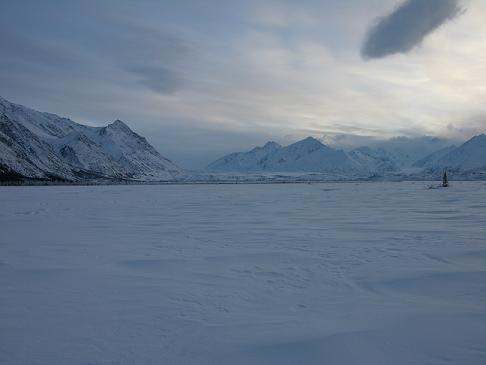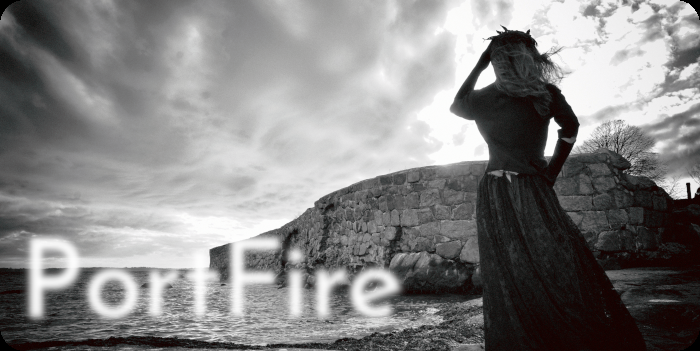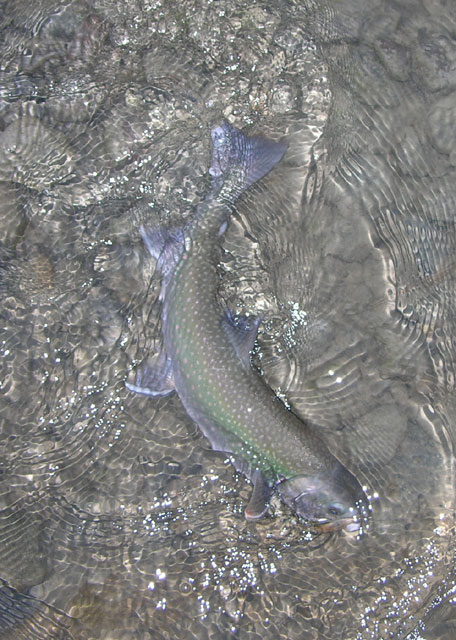
She still had no idea why she said yes. Her auntie, she supposed.
“No one here still remembers. Everyone was young. Your father and uncle are gone.”
You remember, she thought.
“How will your brothers and cousins learn? No one at the school teaches the old ways.”
Nor would she. The line to the old ways had been severed long ago. Living elders and identified youngsters tried earnestly to splice the line, but with each fiber they secured, it seemed five times as many people wandered away into the 21st century fray and forgot.
The Beechcraft lurched forward as an opening appeared in the clouds. The pilot raced for the ground so as not to burn more fuel waiting. She watched ribbons of fog and snow peel back from the wings and flutter behind as the plane aimed with an insecure purpose for a depression in the white landscape below.
The runway in summer was a gravel pad piled over the flattest part of the tundra near the village. In winter it was an approximation determined by the plow. The pilot straightened the plane and began a short approach over the snow berm at the head of the runway. The windsock fluttered weakly as the wind slightly increased again.
She looked out the window and saw her house. She saw the dog yard where her incredulous father had strangled her favorite two puppies in front of her, on the day the principal had called home to say that he suspected, based on the child’s report, that her uncle had abused her. Her father was only too eager to accommodate her tear-choked shrieks that she be allowed to go live with her mother in Nome. It had saved her, but now she felt like she was risking her life again. The village disappeared behind walls of snow, and she felt the tires hit the ground, bounce, hit a second time and slide slightly to the left as the pilot feathered the brakes down the packed snow.
The plane made a casual u-turn and stopped as the props idled to a halt. Several people in a mix of fur and modern insulated parkas waited on snowmachines. Another lone figure sat off by the maintenance shed beside a low wall of boxes and luggage that had collected a small drift of snow behind it while he waited for that hole to open in the clouds.
One of the waiting party on sleds drove directly up to the plane and loaded parcels as the pilot emptied the plane’s tail and belly of cargo and mail. Then he sped back off the runway toward town followed by the others.The hole in the clouds closed. Fog swirled over the runway. The pilot cursed and climbed back in the plane. The man across the field rose and stared. She snugged the hood and collar of her technical shell tighter and pulled on the sealskin mittens her auntie had sent back when she graduated high school.
She picked up her cargo bag and her rifle and ambled in the general direction of the maintenance shed. The man looked at her but did not relax the embrace in which he held himself against the damp infiltration of the wind and sting of freezing fog. He stooped frigidly and hefted two pieces of luggage. “They told me I don’t belong, that I need to go.”
She smiled at him sadly and replied, “That was the last thing anyone said to me before I left here, too,” then continued her walk toward town.
gratitude for Ken Fish for the inspiration.
© Adam Knight

